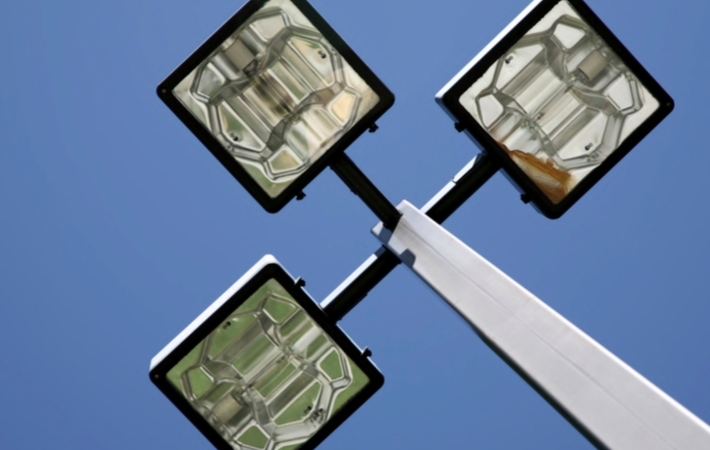
Published on 05/30/2017 | Operations
Street lighting is an important community service, but it can consume as much as 40 percent of a city’s energy budget. Legacy street lights are failure prone and costly to manage, which add to lighting costs. Consequently, street lighting has emerged as a leading smart city application.
By replacing existing street lights with LED-based lamps, utilities and other street light operators can cut energy and operations costs by 50 percent or more. Networking those LEDs delivers an even faster return on investment (ROI), taking the payback period down to 6 vs. 8 years, as a result of features such as remote management and faster outage response.
In addition to near-term savings, a network-based lighting solution provides an ideal platform for multiple smart city services, including smart parking meters, traf c lights and traf c management systems. Municipal utilities also have the opportunity to leverage smart city infrastructure for smart grid applications such as advanced metering infrastructure (AMI), demand response (DR) and distribution automation (DA). By leveraging Silver Spring’s unique communications infrastructure and expertise, cities and utilities can deliver ongoing value and build a lasting competitive advantage for their community.
Understanding the operational details of networked LEDs and comparing those bene ts and costs to traditional lighting lays the foundation for building a business case to upgrade street lights. The hard dollar savings
in energy and operational costs make the case for replacement, and networked LEDs provide additional community value as well.
You can find and download the full report on Silver Spring Networks here